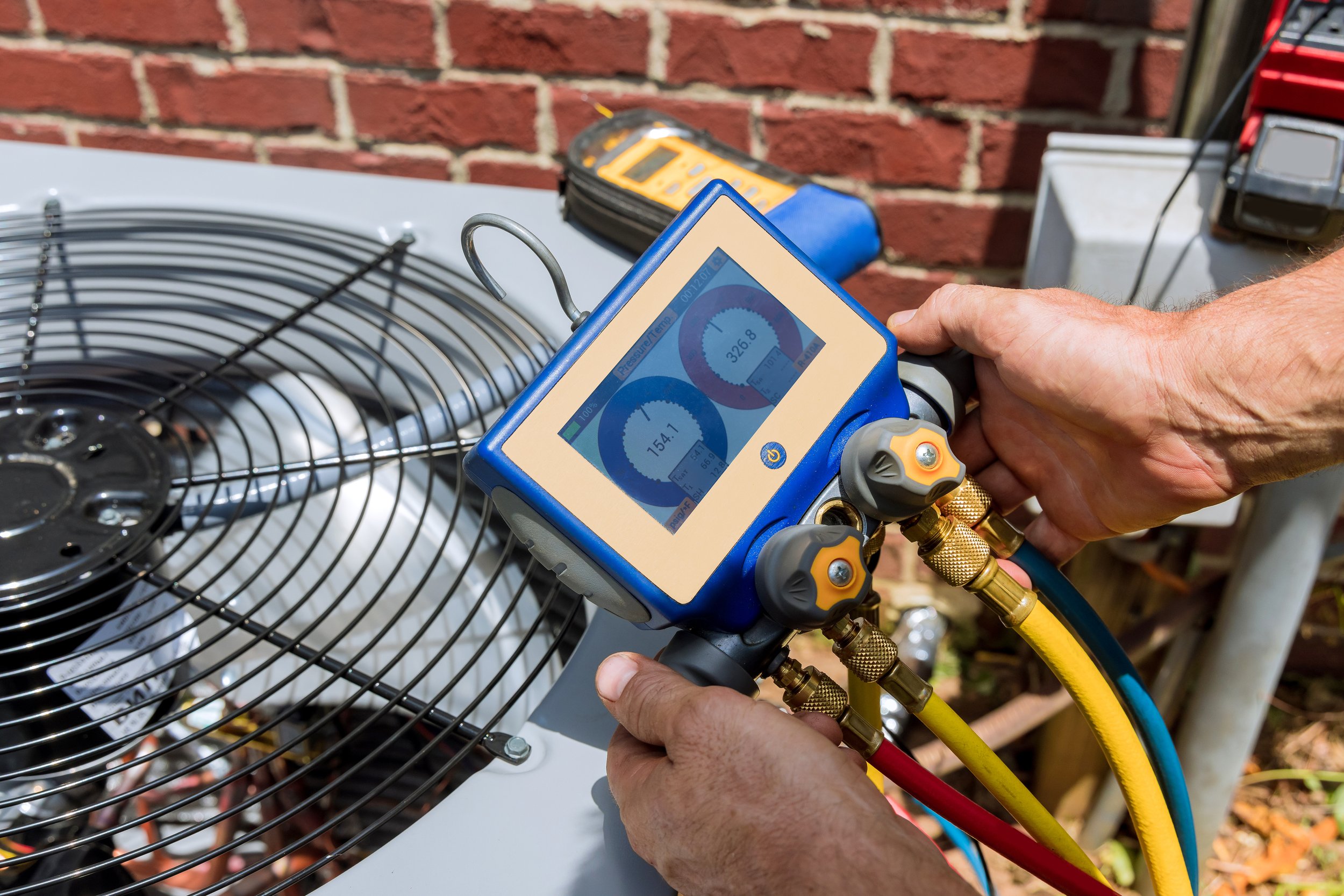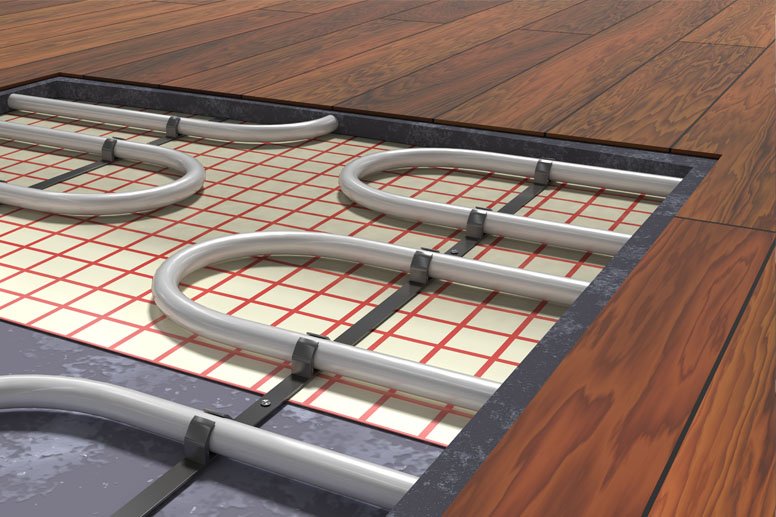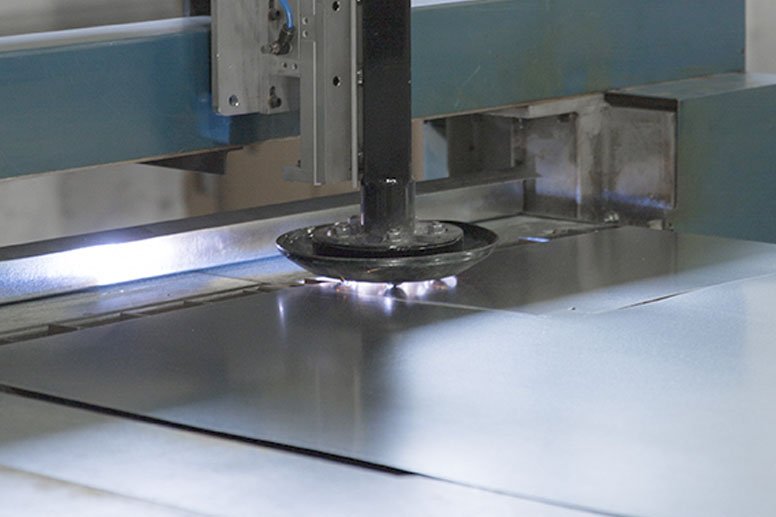Indoor Air Quality
Breathe Cleaner Air
Indoor air quality is an important concern for people with allergies, respiratory issues, and health concerns during pandemic, cold and flu seasons. Ask Marshall’s about ways you can improve your indoor air quality for a cleaner, healthier and more comfortable living environment in your home or workplace.
Did You Know?
Did you know research indicates most people spend approximately 90% of their time indoors and according to the Environmental Protection Agency (EPA), “a growing body of scientific evidence has indicated that the air within homes and other buildings can be more seriously polluted than the outdoor air in even the largest and most industrialized cities.” [1] Thus, for many people, the health risks from indoor air quality issues may be greater than the risk from outdoor air quality.
FAQ
What is “indoor air pollution?”
Indoor air pollution is simply any harmful pollutant that negatively affects your indoor air quality. Common residential examples of indoor pollutants are dust particles, viruses, bacteria, allergens, smoke/tobacco products, mold, volatile organic compounds (VOC’s), and combustion products (e.g. gases such as carbon monoxide). And when outdoor air pollution becomes a problem (e.g. excessive smog, local pesticides being sprayed, wildfires, etc.) those pollutants can enter and become trapped inside buildings and homes. [2] Therefore, it’s no surprise the top five air quality problems in the U.S. according to the EPA are all indoor air problems. This makes sense because indoor air is far more concentrated with pollutants than outdoor air.
How can you improve your indoor air quality?
The EPA states that “Solutions to air quality problems in homes and offices involve such actions as:
· eliminating sources of pollution
· increasing ventilation
· installing air cleaning devices”
The EPA recommends you “look for signs of problems with the ventilation in your home. Signs that can indicate your home may not have enough ventilation include moisture condensation on windows or walls, smelly or stuffy air, dirty central heating and air cooling equipment, and areas where books, shoes, or other items become moldy. To detect odors in your home, step outside for a few minutes, and then upon reentering your home, note whether odors are noticeable.” [3]

Concerned About Indoor Air Quality Health Risks in Your Home or Office?
-
Step 1: Annual Maintenance
To help remove possible sources of air pollution in your home, make sure your heating and cooling system is properly cleaned and maintained (tune up) at least once a year. Many people have the system cleaned and checked twice a year, once before fall for heating and once before summer for cooling.
-
Step 2: Filters
Replace or clean (for ductless washable filters) your heating/cooling system filters. The visual image of putting your mouth up against a clogged, dirty filter is very similar to what you are doing if you are running your system through it. Additionally, running your system for an extended period of time with a clogged, dirty filter will reduce airflow and cause your system to work much harder than it’s designed to work, leading to component failures and shortening the lifetime of your
-
Step 3: Ventilation
Install a fresh air intake from the exterior of your home into your return air duct to help ventilate your indoor air by bringing fresh air into the home. You can also install an Energy Recovery Ventilator (ERV) which exhausts stale air out of the house, brings in fresh air, and recaptures the heat through a heat exchanger to increase efficiency. ERV’s come in different sizes and can be installed as a standalone option for ductless systems or integrated into a ducted system. If outside air is not clean or if you suffer from seasonal allergies, then installing a whole-home air purification system is advised.
-
Step 4: Air Purification
You can improve your indoor air quality and neutralize bacteria, viruses, mold, smoke, odors, allergens and air pollutants with a whole-home air purification system. Marshall’s offers several Whole Home Air Purification Systems to fit your needs and budgets. They can be added to your existing home heating system by a professional HVAC Technician and we also offer spot air purification systems that can plug into a regular outlet and be moved from room to room.
What's The Difference?
Air Purifiers
Kills or neutralizes airborne contaminants (e.g. viruses, bacteria, allergens, dust, pet dander, mold, VOCs, odors and air pollutants)
VS
Air Filters
Filter effectiveness varies by quality, size and MERV rating.
Portable or Plug In
Capable of purifying / filtering the air within a radius of the plug in unit
VS
In-Duct (Whole-Home)
Capable of purifying / filtering every cubic inch of air that your ducted heating/cooling system reaches
Which Systems Are Right For Me?
-
Good
Air Scrubber Portable Plug In + Aprilaire Filter
-
Better
Air Scrubber Whole Home* OR Infinity Air Purifier
-
Best
Air Scrubber Whole Home* +Infinity Air Purifier
Brand Comparison
-
Aprilaire Air Filter
Captures Airborne Contaminants
Replace filter every 3-6 months
-
Aerus Plug in Air Purifier
Kills Airborne Contaminants
Kills Surface Contaminants
Wash filter monthly
-
Aerus Air Scrubber
Kills Airborne Contaminants
Kills Surface Contaminants
Whole Home*
2 year bulb
-
Infinity Air Purifier
Captures Airborne Contaminants
Kills Airborne Contaminants
Whole Home*
Replace filter cartridge every 3-6 months

You Deserve Clean Air
NOT SURE WHICH SYSTEM IS BEST FOR YOU?
Talk with one of our experts today to figure out which system works best for your home and your needs. Our experts have over 1,000 years of combined team experience! Contact us today to schedule your free estimate!
Our Services











